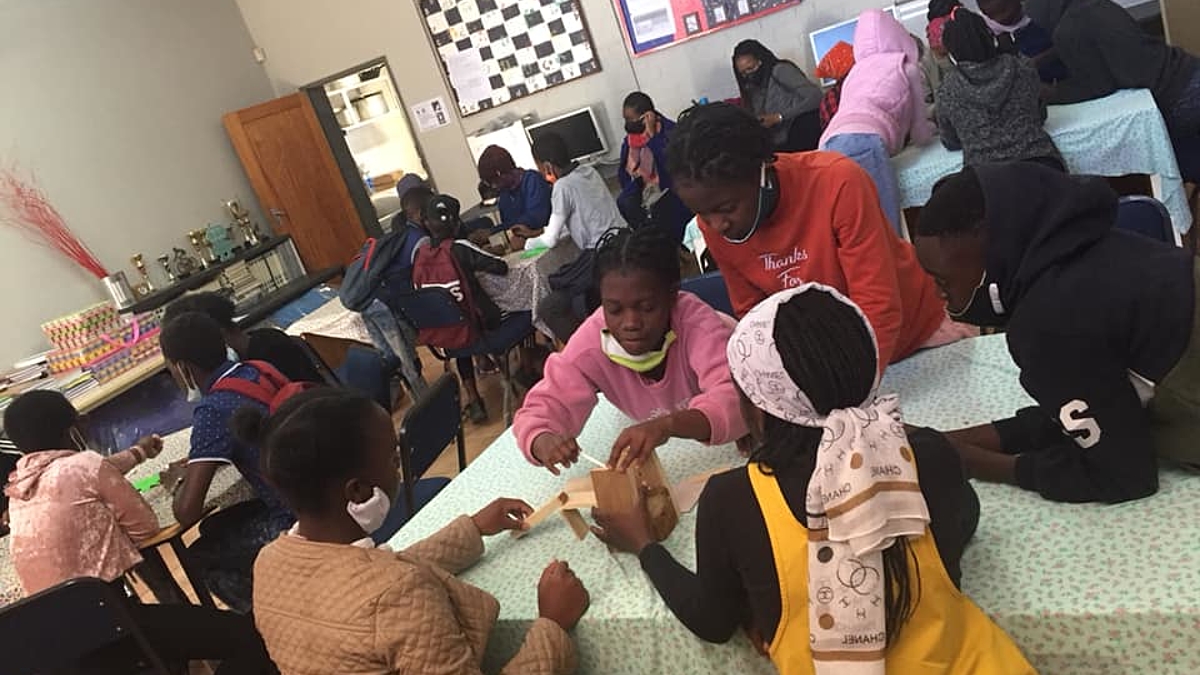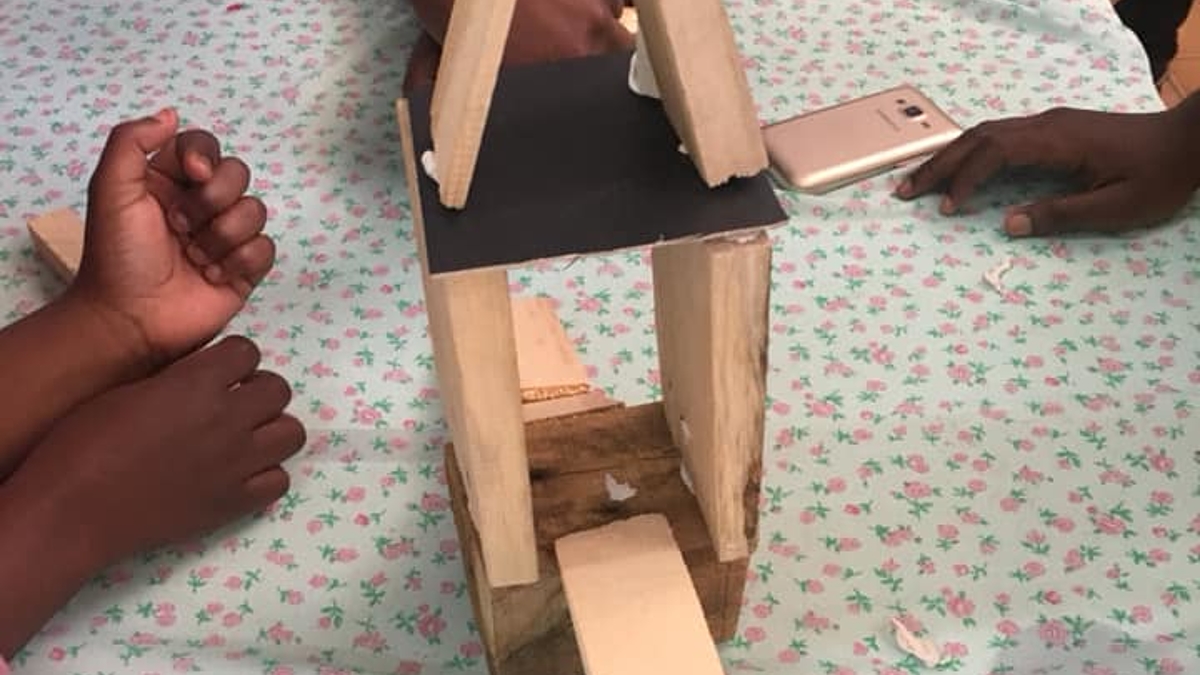Games that help the youth understand the SDGs
Sustainable Development Games | Build a Solution
On the 17th July 2020, the Namibia Youth Coalition for Climate Change (NYCCC), with support from the Hanns Seidel Foundation, hosted the monthly sustainable development goals (SDG) games, which aim to raise awareness about these goals among the youth. The games were held at the Physically Active youth Centre in Katutura, Windhoek, and comprised of about 20 learners aged 13 to 17. The theme for the games were centred around goal 11: sustainable cities and communities. Goal 11 envisions residents that have adequate and equal access to proper housing, basic services, energy and transportation, among other things.
The ‘Build a Solution’ game was played to help learners understand this goal. Learners were divided into groups, each representing a different settlement or organisation in Namibia. Group 1 were residents living in the Havana informal settlement in Windhoek, while the group 2 was residing near a river in a remote rural village in Northern Namibia. Group 3 settled wealthy Langstrand residential area at the coast, and the last group were MTC, mobile telecommunication giants. The groups were given materials ranging from twigs and cardboard box pieces to sturdy plywood and PVC pipes, and told to construct their dwellings. MTC was instructed to build a tall telecommunication tower to provide network coverage for the rest of the settlements. Soon after construction finished, natural disasters such as tsunamis, earthquakes and floods ensued, destroying the participants’ structures. In some cases, lives were lost. Disaster risk management services were available only to some groups (e.g ambulance services), which helped save lives. The remaining participants then had to rebuild their structures without knowing of future disasters. A second wave of disasters ensued, destroying the structures once again.

Notable observations were made during the game. Some participants used what they had to make innovative and sturdy structures. The Havana residence featured a solar panel, cable network connection (DSTV dish) and a geyser. Other participants went beyond the scope of the game to not only build the dwelling, but also to portray key aspects of the surrounding environment. The rural village residents not only built a house, but also used the materials to build the river, a bridge, a fireplace, as well as a structure on which to hang meat. It is safe to say that participants fully immersed themselves into their roles, not only in terms of building an appropriate structure, but also adopted the behaviours and attitudes expected in their given situation.
Key lessons were learned and discussed after the game had ended. It was clear to participants that climate change can affect anyone, at any time, regardless of your geographical location or socioeconomic status. Groups who represented vulnerable communities (rural and informal settlement residents) began to understand the importance of equal access to disaster management services. Additionally, learners realized the importance of access to sustainable and durable structures that stand a better chance against the changing climate.
Participants expressed gratitude for the opportunity to play this game, as it gave them a glimpse into the impact of climate change on various communities in Namibia.
Witten by: Mouesanao Kandjoze (HSF Intern)

